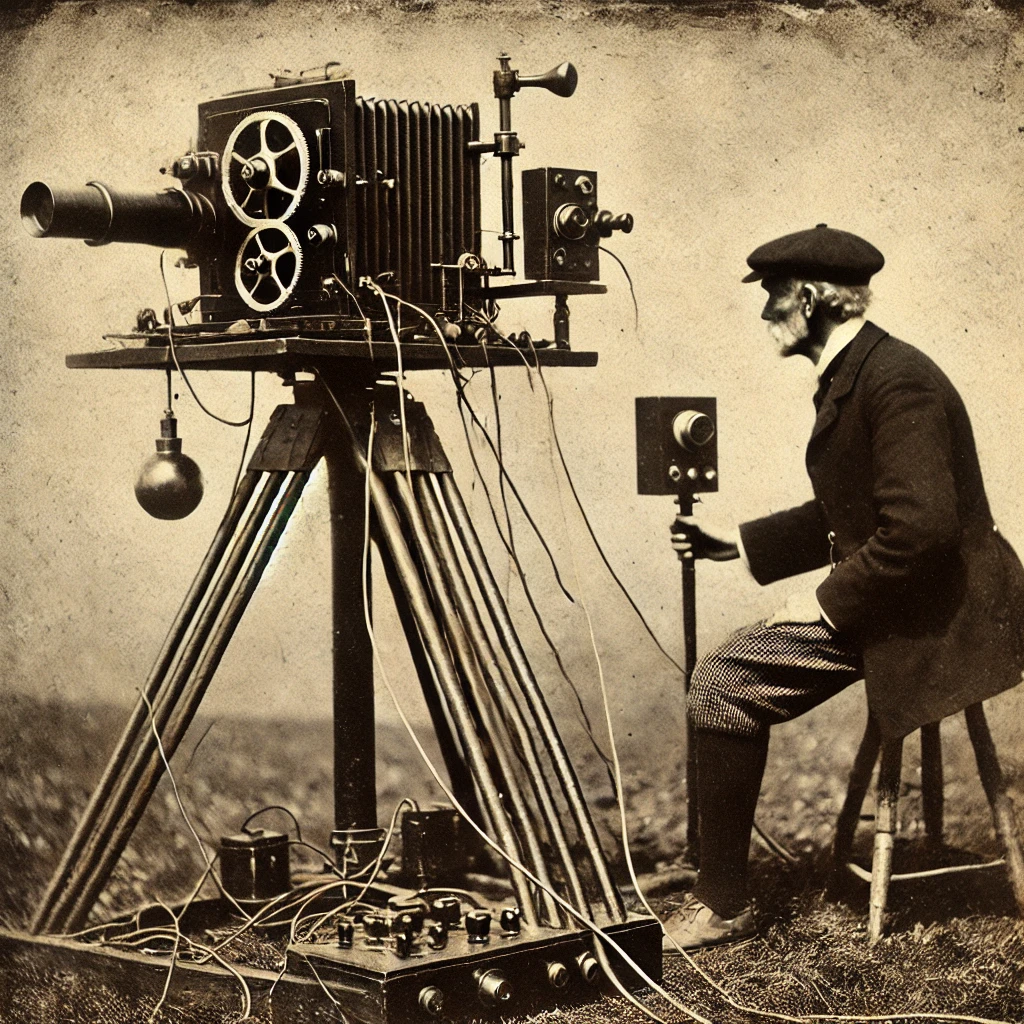What is Remote Photography?

Remote Photography: A Journey Through Time

Early Remote Control Photography
The concept of remote photography began with simple remote controls for cameras. These devices allowed photographers to trigger the camera shutter from a short distance, typically using infrared or radio frequency signals.
Introduction of Wired Remote Controls
As technology advanced, wired remote controls became popular. These allowed for more precise control and eliminated issues with signal interference, though they were limited by cable length.

Wireless Remote Controls
The next significant development was the widespread adoption of wireless remote controls. These provided greater flexibility and range, allowing photographers to capture images from a considerable distance.
Rise of PTZ Cameras
Pan-Tilt-Zoom (PTZ) cameras marked a revolutionary step in remote photography. These cameras could be controlled remotely to adjust their viewing angle and zoom level, offering unprecedented flexibility in capturing images and video.
Network-Connected PTZ Cameras
The integration of network connectivity with PTZ cameras opened up new possibilities. Photographers could now control their cameras over local networks, expanding the range of remote control significantly.
Cloud-Connected PTZ Cameras
The latest evolution in remote photography is the advent of cloud-connected PTZ cameras. These cameras can be controlled from anywhere in the world with an internet connection, breaking down geographical barriers in photography.
Advanced Features of Modern Remote Photography
Today’s remote photography systems often include features like:
- Real-time video streaming
- High-resolution image capture
- Advanced scheduling and automation
- Integration with AI for object tracking and scene recognition
- Mobile app control for ease of use
Applications in Various Fields
Remote photography has found applications in diverse areas such as:
- Wildlife photography
- Security and surveillance
- Live event broadcasting
- Scientific research
- Remote site monitoring
Future Prospects
The future of remote photography looks promising with potential advancements in areas like:
- Integration with virtual and augmented reality
- Enhanced AI capabilities for autonomous operation
- Improved image quality and low-light performance
- More compact and energy-efficient designs
This evolution from simple remote triggers to globally accessible, cloud-connected PTZ cameras represents a significant leap in photographic technology, opening up new possibilities for capturing images and video across vast distances.


